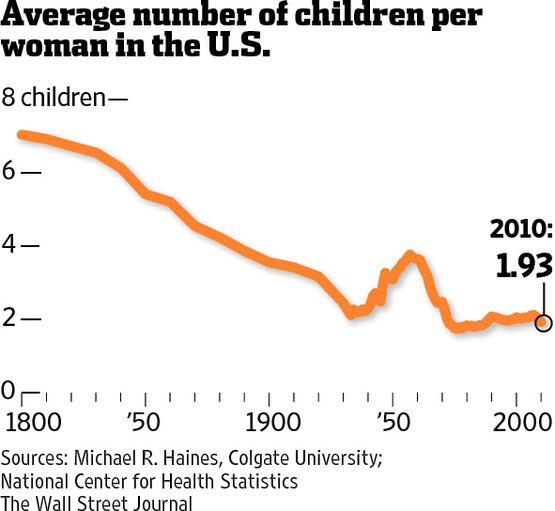Addressing the Global Decline in Birth Rates
As demographic changes continue to reshape our societies and economies, a recent report has unveiled a concerning trend that poses risks to global population sustainability. Research published by EurekAlert! suggests that the long-standing benchmark of 2.1 children per woman—previously deemed essential for population replacement—may no longer be adequate for ensuring future demographic stability. With declining birth rates observed across numerous countries, experts are voicing alarms regarding potential impacts on workforce viability, social structures, and economic development. This article examines the study’s findings while highlighting the urgent need for policy reforms to tackle this critical issue.
Impact of Falling Birth Rates on Society
The decline in birth rates across various nations has sparked significant socio-economic concerns that could profoundly affect upcoming generations. The global average currently hovers around 2.1 children per woman, yet many regions are falling short of this threshold, raising fears about impending demographic crises. The ramifications extend beyond immediate family dynamics; they encompass workforce sustainability, economic progress, and social welfare systems as well. As populations age and fertility rates drop, countries may encounter a diminishing labor force which could lead to heightened pressures on healthcare systems and pension schemes while intensifying economic disparities.
The following table illustrates some countries with differing birth rates along with their anticipated consequences:
| Country | Current Birth Rate | Projected Consequence |
|---|---|---|
| Japan | 1.4 | Rising costs associated with elderly care support. |
| Germany | 1.5 | Potential shortages in labor supply. |
| Italy | 1 .3 | Risks of economic stagnation. |
This data underscores an urgent call for innovative policy solutions aimed at addressing declining birth rates effectively. Nations experiencing these trends may need to implement proactive strategies such as promoting higher fertility through family-oriented policies, enhancing work-life balance initiatives, and fostering supportive environments for parents.
Examining Family Size Preferences Worldwide
The global demographic landscape is witnessing substantial transformations as preferences regarding family size evolve across different regions worldwide. Recent research indicates that many societies are increasingly favoring smaller families due to factors such as socioeconomic conditions, a shift towards urban living, and a focus on personal goals.. In several developed nations, ideal family sizes have often contracted below the replacement level of 2.1 children per woman—a trend raising concerns about future population growth sustainability.
This phenomenon creates an intriguing paradox: improved education and career opportunities for women often correlate with lower birth rates—indicating complexities requiring multifaceted approaches for resolution.
- < strong >Economic Influences: strong > Rising living expenses deter larger families.< /li >
- < strong >Urbanization: strong > City life frequently encourages smaller households.< /li >
- < strong >Education: strong > Women pursuing advanced degrees tend delay childbirth.< /li >
< /ul >The differences observed in family size preferences raise vital questions surrounding policy formulation and planning efforts moving forward . For instance , areas grappling declining birthrates might require adjustments within their social support frameworks whereas those experiencing higher figures could prioritize effective initiatives surrounding reproductive health management . Addressing these challenges is crucial maintaining balanced population structures over time . As demonstrated by data presented below , variations among regional statistics further illustrate complexities involved : p >
Region th >< th>Averag e Family Size th >< th>Total Fertility Rate (per 1000 individuals) th > tr >
< td style = "text-align:center;" >( ) 18
< td style = "text-align:center;" >( )11 .
7
< /t d > tr >< tr style = "text-align:center;" ;">< t d>Eur ope
( )16
( )10 .
( )
10 .
( )
10 .
( )
10 .
( )
10 .
